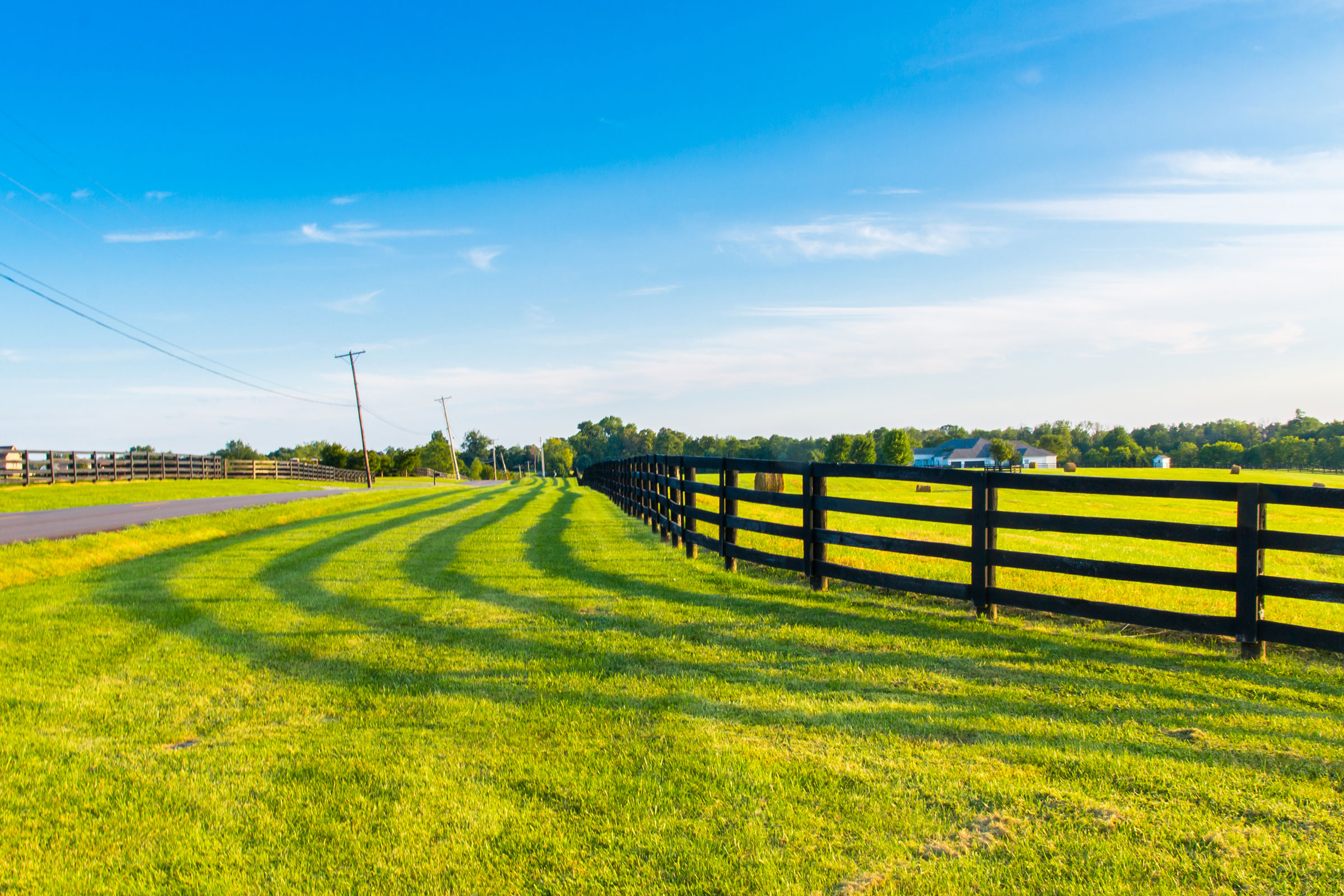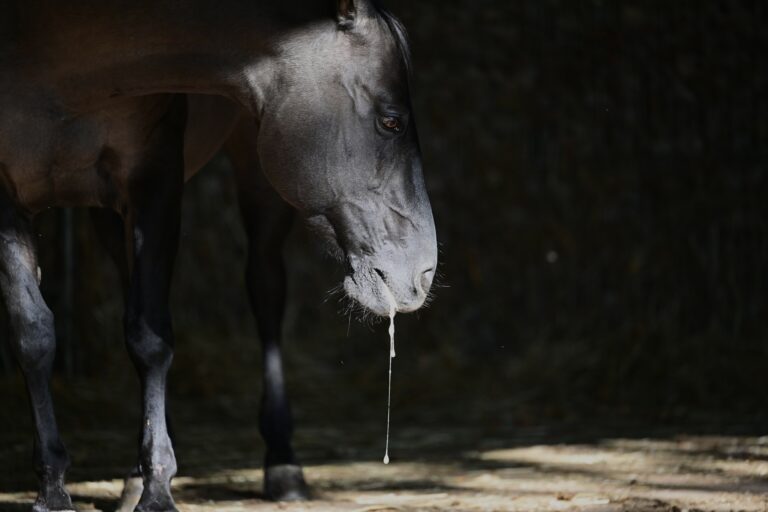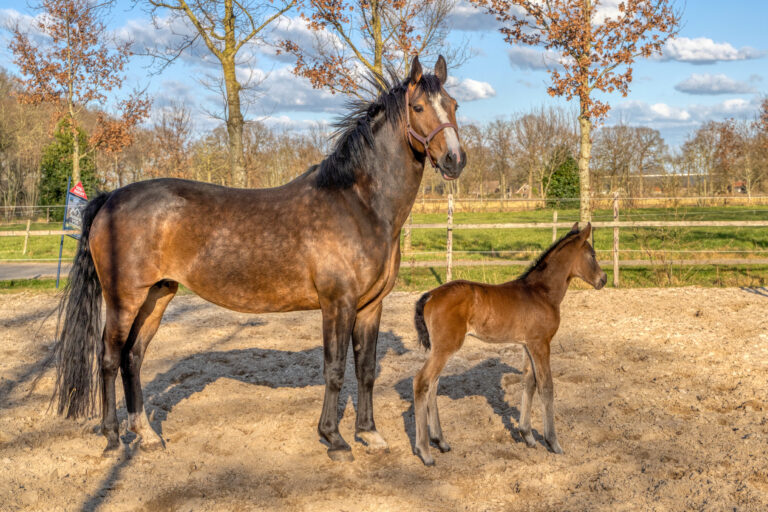
Excess intake of nonstructural carbohydrates (NSC) of cool season pasture grass is considered an inciting factor in the development of pasture-associated laminitis. Various situations have an effect on NSC concentration in pasture grass: season, time of day, species of grass, and other environmental factors.
One study looked at the effect of mowing on NSC concentrations and how that affects blood glucose and insulin concentrations in grazing horses [Siciliano, P.D.; Gill, J.C.; Bowman, M.A. Effect of Sward Height on Pasture Nonstructural Carbohydrate Concentrations and Blood Glucose/Insulin Profiles in Grazing Horses. Journal of Equine Veterinary Science 2018, vol. 57; pp. 29-34].
Six healthy, adult geldings aged 6-12 years were grazed on tall fescue pastures for 10 hours (from 8 a.m. to 6 p.m.) for seven days with pasture access as their sole diet. Three horses were placed in pasture with short grass height (sward) of approximately six inches; the other three on pasture with tall grass height of 12-16 inches. After the weeklong analysis period, each group was switched to eat off previously un-grazed pasture with the opposite grass height to their first pasture.
Interestingly, horses on the short grass showed body weight losses of roughly 25 pounds over the seven-day period; the horses on tall grass did not lose body weight. The authors suggest that this weight “loss” might result from decreased gut fill, and/or because the horses consumed less pasture than those on the tall grass area. Additionally, they noted that the short grasses were actively growing whereas the tall grasses were not. Plant growth has the potential to decrease NSC concentration—various reports mention approximately 40% decrease in NSC during regrowth after harvest. In this study, NSC concentrations were found to be higher in the tall grass compared to the short.
Prior to turnout on respective pastures, all horses had blood glucose and insulin values within the normal reference range. Horses on the taller grass pasture developed higher mean insulin values, possibly due to greater NSC intake from the greater mass of plants available for consumption and the higher NSC concentration in the grass.
Nighttime grazing is associated with higher NSC concentrations (17-18%) compared to daytime NSC concentrations (11-12%); this has been associated with higher blood insulin levels in horses.
The authors conclude that serum insulin concentrations are influenced by pasture NSC available for grazing. “Decreasing the sward height by frequent mowing decreases NSC available with subsequent decrease in insulin responses.”
Strategies to help control insulin dysfunction in susceptible horses include frequent mowing of cool season grass when NSC concentrations are highest, i.e., spring and fall. “This keeps the forage in a ‘regrowth’ phase that consumes stored NSC.” Another suggestion is to use a rotational grazing system between different herbivore species, such as small ruminants, to shorten the sward height of the grasses before putting horses onto those pastures.








